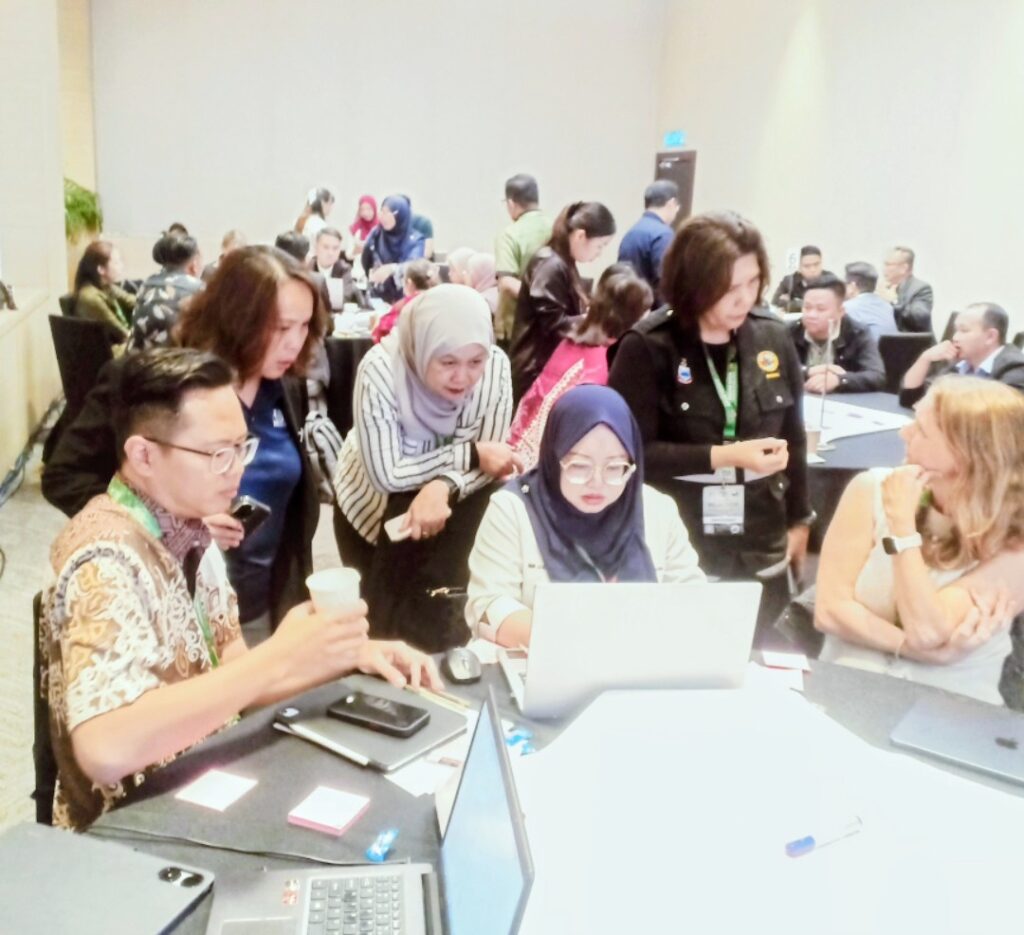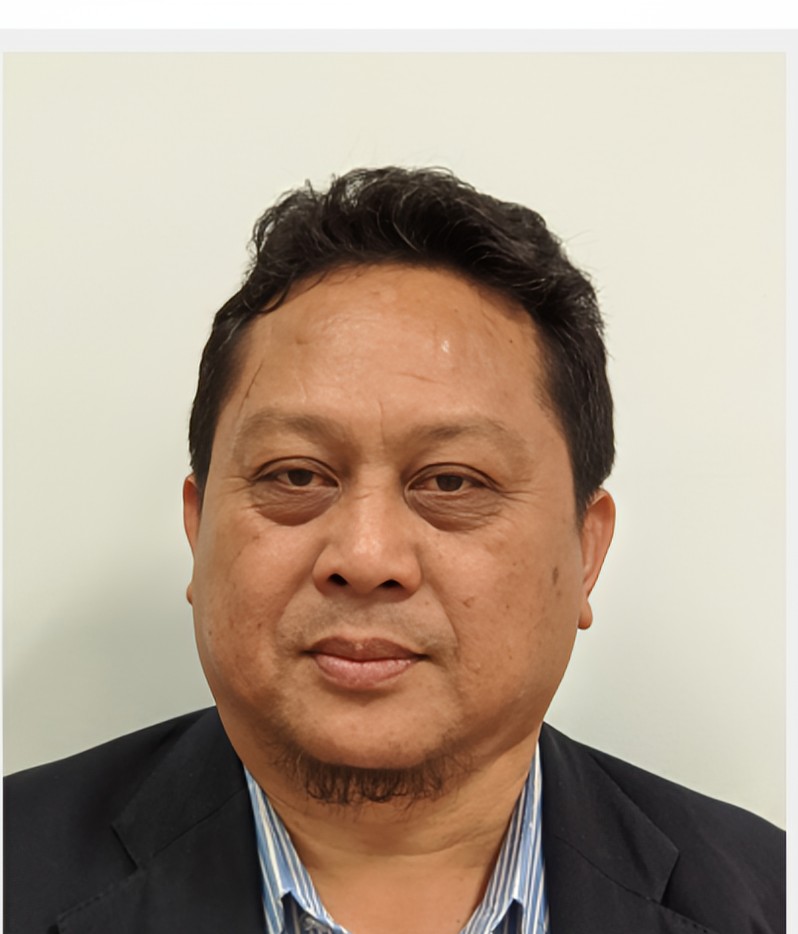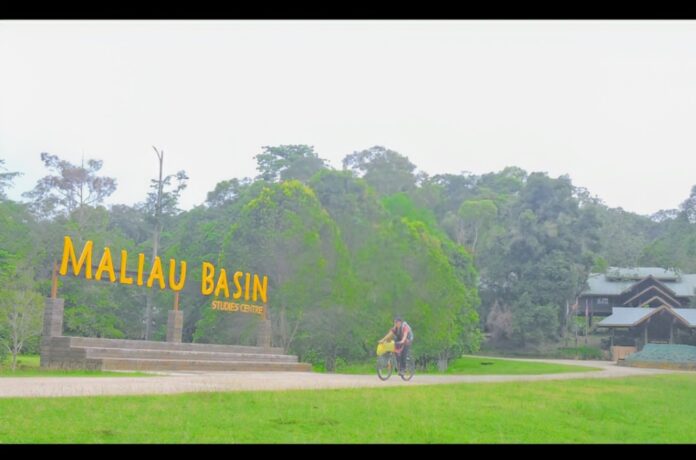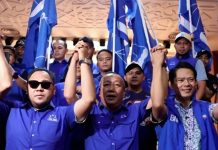
By Emin Madi
KOTA KINABALU : – An off-grid, exclusive luxury lodge deep within Sabah’s untouched biodiversity could attract the world’s rich and famous.
Such a concept offers experiences unique to Sabah – giving VIP visitors the chance to connect intimately with ancient nature, engage in genuine conservation efforts, and perhaps even enjoy a private orangutan encounter.
With the success of the award-winning Borneo Rainforest Lodge (BRL), many believe it is time for Sabah, through Yayasan Sabah, to establish another high-end tourism destination catering to affluent travellers.
Several sites within the Sabah Foundation’s conservation areas – particularly the Maliau Basin and Imbak Canyon – are highly suitable for this purpose.
The proposal was discussed and received strong support from over 60 participants during a three-day Maliau Basin Ecotourism and Sustainable Finance Workshop organised recently by Yayasan Sabah in collaboration with Preferred by Nature (PbN) .
Participants expressed optimism that such an investment could be a game-changer for eco- tourism and high-end travel in Malaysia, particularly in Sabah, while complementing the success of BRL.
Opened to the public in 1994, BRL is situated in the heart of the Danum Valley Conservation Area, along the Danum River.
Workshop participants felt that another BRL-type lodge in Sabah’s conservation areas would further strengthen Malaysia’s position – and especially Sabah’s – as a premier destination for sustainable luxury tourism.
They advised capitalizing on the state’s pristine natural heritage and secluded landscapes to appeal to the high-end tourism market.
The group also suggested leveraging iconic wildlife species and unique habitats to develop experiences such as wildlife hides, birdwatching, and using towering trees and secluded terrain to introduce niche adventure or extreme sports activities that would complement luxury tourism packages.
The proposal emphasised the need to invest in specialised staff training, particularly in handling high-end guests, wildlife guiding, and adventure sport facilitation.
Participants also proposed adopting a high-value tourism model to justify and fund costly logistics, including helicopter transfers and remote supply lines.

Dr Waidi Sinun, Group Manager of Yayasan Sabah’s Conservation Environmental Division (CEMD), said the views and recommendations from the workshop would serve as a guide for stakeholders in drafting the next Maliau Basin Strategic Development Plan.
“This vision comes with immense responsibility.
Careful planning, rigorous environmental safeguards, and community engagement are crucial to ensure development does not come at the cost of the region’s fragile biodiversity.
“As Sabah balances progress with preservation, the idea of establishing another world-class lodge could become a model for how luxury and nature can coexist – if done right,” he said.
Speakers at the workshop included Dr Wong Siew Te from the Bornean Sun Bear Conservation Centre, Ivy Wong Abdullah of Permian Global, and Danny Chu, while Dr Robert Francis and Assoc. Prof Dr Fiffy Hanisdah Saikim from Universiti Malaysia Sabah (UMS) facilitated the briefing.
Dr Wong shared insights on how research and education programmes – combined with strong institutional partnerships and public engagement – can support the financial sustainability of conservation centres such as BSBCC.
Ivy Wong discussed Permian Global’s experience in carbon financing, highlighting lessons from designing high-integrity carbon projects and explaining how tropical sites like Maliau Basin can benefit from voluntary carbon markets and ecosystem service funding.
The workshop also showcased the diversity of the Maliau Basin Conservation Area, described as “one place with seven experiences” – each offering unique attractions.
The seven areas identified as having strong tourism potential are: the entrance to the Maliau Basin Studies Centre, Upland Kalabakan within the IN IKEA rehabilitation project, Tibou, Inarad, Pinangah, the Kuamut River, and the core area of MBCA itself, dubbed as Sabah’s ‘Lost World’ .
It was suggested that Tibou could serve as a second gateway to the Maliau Basin, while a new resort – Maliau Wonders Resort – should be developed near the entrance of the Studies Centre.
Inarad and nearby Lake Linumunsut hold exceptional potential for eco-and cultural tourism, combining unique natural features, rich biodiversity, Orang Sungai and Murut heritage.
Another proposal was to adopt the wild bay cat, native to MBCA, as the mascot for Maliau Wonders Resort, symbolising both conservation and adventure.
The proposed resort area also offers unique natural features, including mud volcanoes, marine fossil sediments, and opportunities for night safaris.
Participants of the Maliau Basin Ecotourism and Sustainable Workshop include from the Sabah Forestry Department, Sabah Wildlife Department, Universiti Malaysia Sabah (UMS), UiTM, WWF-Malaysia, Sabah Parks, Sabah Biodiversity Centre (SaBc), University College Sabah Foundation (UCSF), and Permian Global.
The MBCA Research Direction Workshop held last year had already recommended further studies on iconic wildlife species and habitat changes in the area to strengthen the universal value of this premier conservation site in a changing climate.
With its vast, undisturbed tropical rainforest, Sabah should position itself as the ‘Great Rainforest’ – one of the last places on Earth where you can witness wild orangutans, pygmy elephants, bantengs, and pristine biodiversity.
In 1981, Yayasan Sabah voluntarily designated Maliau Basin as a conservation area for research, education and training.
The State Cabinet approved its conservation status in 1984.
The Maliau Basin Studies Centre was inaugurated on 17 March 2001 by Prince Henrik of Denmark, and officially launched on 29 January 2011 by then-Prime Minister Dato’ Seri Najib Tun Razak.



